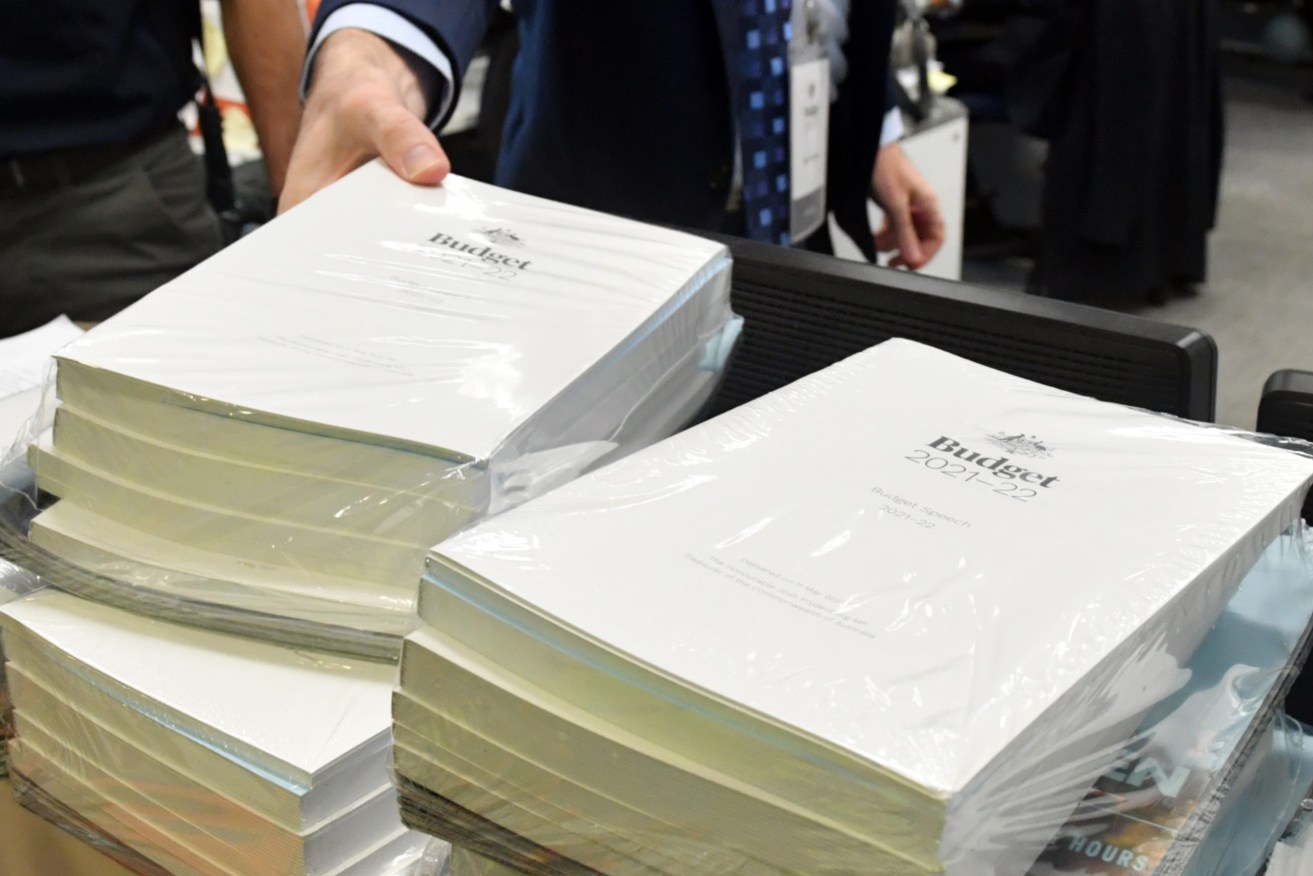Nice while it lasted: Another budget surplus unlikely in mid-year update, says Treasury
Australians shouldn’t expect a second federal budget surplus in the mid-year update, Treasurer Jim Chalmers says.

Budget documents have not yet been revealed but Treasurer Jim Chalmers has revealed a $11 billion blowout in the cost of the stage 3 tax cuts. (AAP Image/Mick Tsikas)
It follows the Organisation for Economic Co-operation and Development’s projections for Australia’s economic activity as largely unchanged from earlier forecasts, with GDP growth tipped to slow from 1.9 per cent in 2023 to 1.4 per cent in 2024.
Dr Chalmers said the government was not forecasting a second surplus.
“People shouldn’t anticipate that we will print a second surplus in that mid-year budget update,” he told ABC’s RN.
“It will be defined by responsible economic management because that’s how we continue to put downward pressure on inflation, which is our most important priority in the near term.”
Dr Chalmers said the government had not changed its position on stage three tax cuts, which are due to go ahead next year.
In 2025, the economy is expected to recover and expand 2.1 per cent.
The OECD also notes interest rates are projected to hold at 4.35 per cent and stay at that restrictive level until inflation starts coming down convincingly, with cuts expected in the third quarter of 2024.
“Continued strong working-age population growth and higher exports as foreign student arrivals further recover will partly offset these headwinds,” the report says.
Inflation has already been moderating and the OECD expects it to return to the Reserve Bank of Australia’s two-three target band by early 2025, a little earlier than the central bank’s own late-2025 forecast.
“More persistent inflationary pressures or a sharper slowdown in China than expected pose downside risks to GDP growth,” the OECD warns.
The organisation also revisited its suggestions for improving the nation’s finances as it manages an ageing population and a climate transition, as outlined in a survey last month.
Both spending savings were suggested, such as more patient care in primary care settings and preventive health policies, as well as tax reform.
Squeezing more out of the goods and services tax and further limiting concessions on superannuation were highlighted as suitable revenue raising options.
The role of immigration in the labour market was also mentioned, with Australia urged to consider making its skilled migrant intake more responsive to the changing needs of industry.
The report also says the federal government’s budget policy will have a “slightly contractionary influence on economic growth” during the next two years.
Opposition treasury spokesman Angus Taylor said Australia was at the “back of the pack” in dealing with inflation compared with other economies.
“We have amongst the highest levels of inflation of any advanced country and indeed we’ve seen the sharpest drop in household disposable income … of any advanced country in the world,” he told ABC’s RN.
“The price rises have been sharp and the pain is very, very real out there.”
Mr Taylor reaffirmed his support for the tax cuts, saying they would not be inflationary.
“If Labor gets their act together and deals with the source of the inflation problem here and not just deal with the symptoms, then this is perfect timing,” he said.












